Alternative names Indian corn Course Dessert Variations cupid corn | Created by George Renninger | |
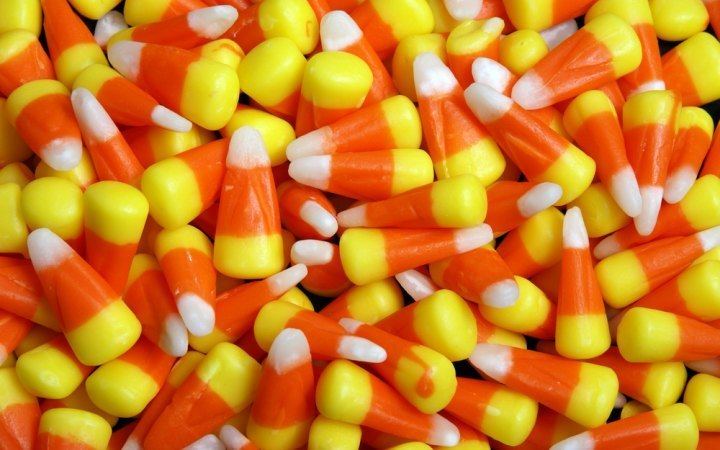 | ||
Similar Halloween cake, Pretzel, Caramel apple, Pumpkin, Candy cane | ||
1 000 candy corn halloween challenge gone wrong 8 000 calories
Candy corn is a candy most often found in the United States and Canada, popular primarily around Halloween. The three colors of the candy – a broad yellow end, a tapered orange center, and a pointed white tip – mimic the appearance of kernels of corn, hence the name. Each piece is approximately three times the size of a real kernel from a ripe or dried ear.
Contents
- 1 000 candy corn halloween challenge gone wrong 8 000 calories
- History
- Sales
- Production
- Variants
- References
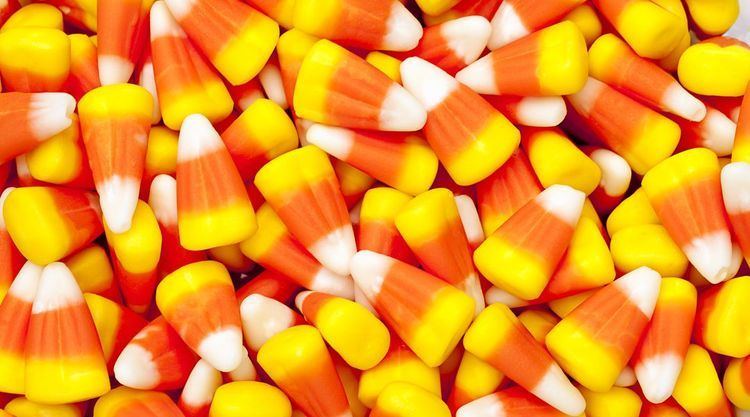
Candy corn is made primarily from sugar, corn syrup, confectioner's wax, artificial coloring and binders.
History
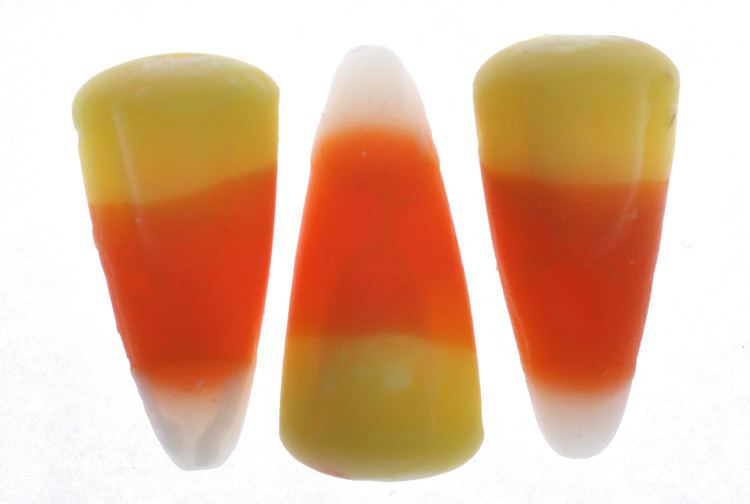
Candy corn was created in the 1880s by George Renninger of the Philadelphia, PA-based Wunderle Candy Company. The Goelitz Confectionery Company began production at the turn of the 20th century and called the product "Chicken Feed." In 2001 the company was renamed the "Jelly Belly Candy Company."
Sales
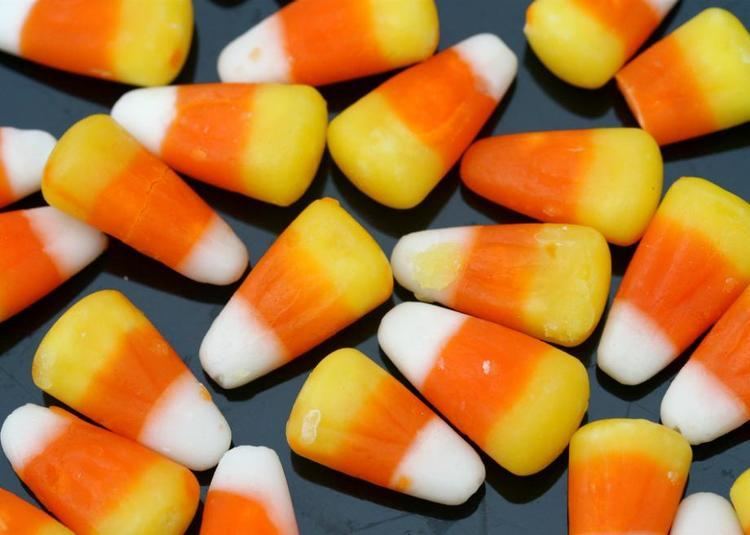
The National Confectioners Association estimates that 20 million pounds (just over 9072 metric tons) of candy corn are sold annually.
Production

Originally the candy was made by hand. Manufacturers first combined sugar, corn syrup, carnauba wax, and water and cooked them to form a slurry. Fondant was added for texture and marshmallows were added to provide a soft bite. The final mixture was then heated and poured into shaped molds. Three passes, one for each colored section, were required during the pouring process.

The recipe remains basically the same today. The production method, called "corn starch modeling," likewise remains the same, though tasks initially performed by hand were soon taken over by machines invented for the purpose.
Variants
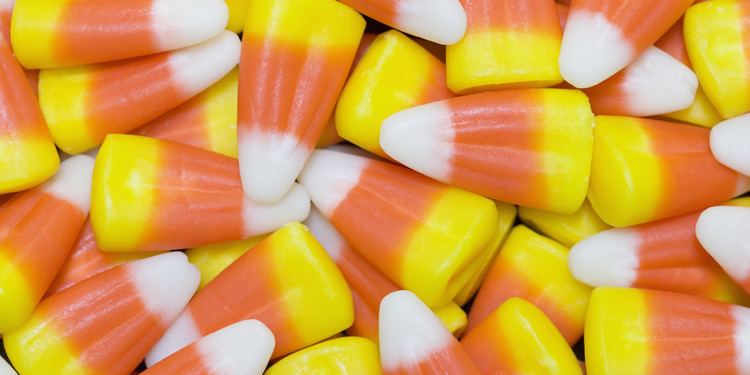
A popular variation called "Indian corn" features a chocolate brown wide end, orange center and pointed white tip, often available around Thanksgiving. During the Halloween season, blackberry cobbler candy corn can be found in eastern Canada. Confectioners have introduced additional color variations suited to other holidays. The Christmas variant (sometimes called "reindeer corn") typically has a red end and a green center; the Valentine's Day variant (sometimes called "cupid corn") typically has a red end and a pink center; In the United States during Independence Day celebrations, corn with a blue end, white center, and red tip (named "freedom corn") can be found at celebratory cook outs and patriotic celebrations; the Easter variant (sometimes called "bunny corn") is typically only a two-color candy, and comes with a variety of pastel bases (pink, green, yellow, and purple) with white tips all in one package. In 2011, there were caramel apple and green apple candy corn variants. In 2013 there were s'mores and pumpkin spice variants. In 2014, carrot corn was also introduced for the Easter season, typically being green and orange, and having a carrot cake type flavor.
